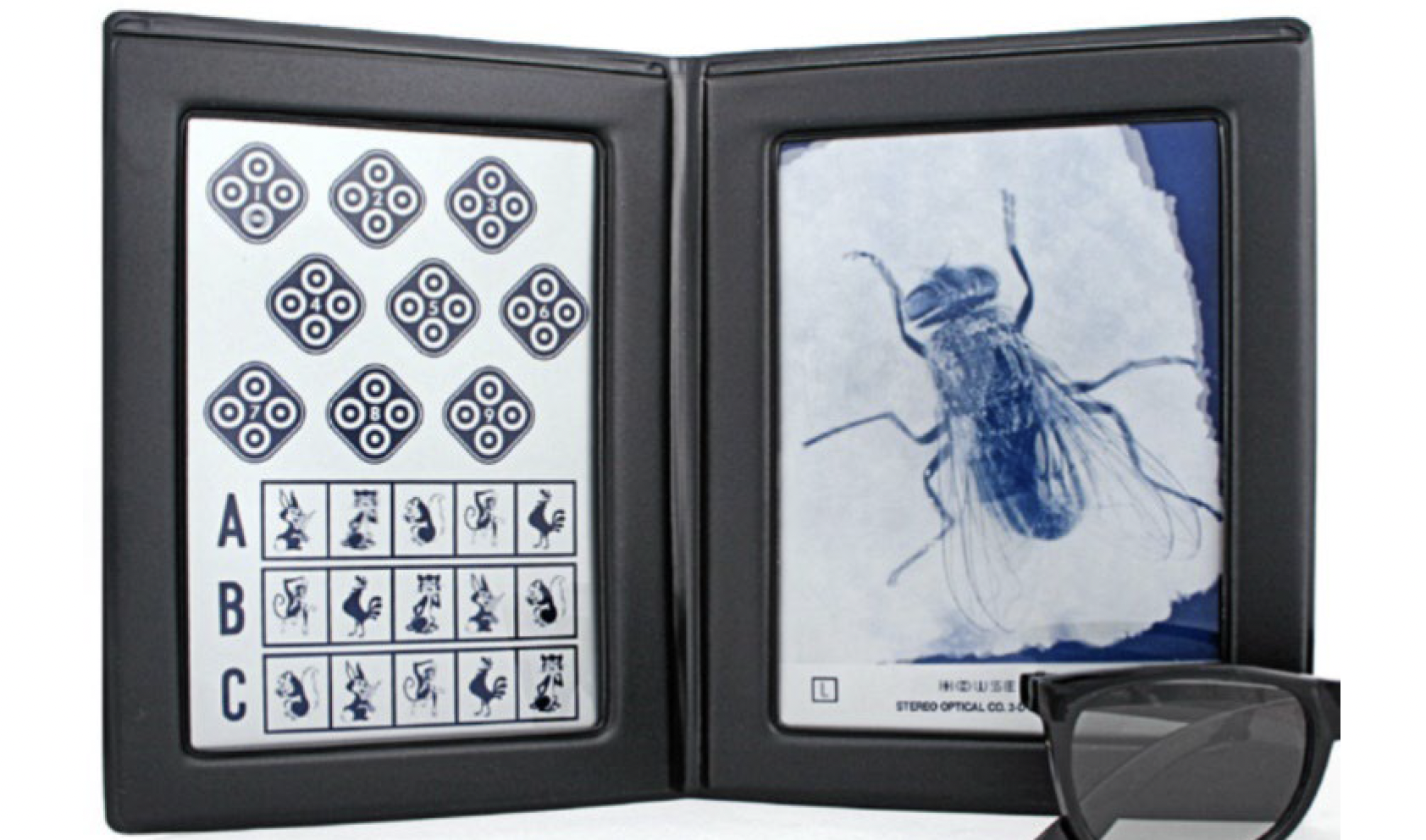
Estimates of stereo-blindness, the inability to see in 3D using stereopsis, often sit in the 5-10% range. At the Curtin University HIVE visualization facility, we regularly show stereoscopic content. During those demonstrations we invariably show a test random dot stereogram and it’s been our casual observation that the incidence of stereo-blindness amongst visits has been much lower than the 5-10% figure, perhaps as low as 2%. Our thought was that perhaps eye care has improved since the time that the original stereo-blindness studies were performed. A VR based user study was recently run in the HIVE, as part of a PhD project, with an aim to study distance perception in underwater virtual heritage experiences. Distance perception is facilitated by a range of visual cues, including stereoscopic vision, and as a result we screened participants for stereo-blindness. Using a standardized stereo test, we found approximately 5% of participants reported as stereo blind. This presentation will provide some background on stereo-blindness, and discuss issues related to measuring stereo-blindness and its likely prevalence in the general population. It will also provide an early look at the VR based user study investigating distance perception in underwater virtual heritage experiences.

Modern virtual reality (VR) headsets use lenses that distort the visual field, typically with distortion increasing with eccentricity. While content is pre-warped to counter this radial distortion, residual image distortions remain. Here we examine the extent to which such residual distortion impacts the perception of surface slant. In Experiment 1, we presented slanted surfaces in a head-mounted display and observers estimated the local surface slant at different locations. In Experiments 2 (slant estimation) and 3 (slant discrimination), we presented stimuli on a mirror stereoscope, which allowed us to more precisely control viewing and distortion parameters. Taken together, our results show that radial distortion has significant impact on perceived surface attitude, even following correction. Of the distortion levels we tested, 5% distortion results in significantly underestimated and less precise slant estimates relative to distortion-free surfaces. In contrast, Experiment 3 reveals that a level of 1% distortion is insufficient to produce significant changes in slant perception. Our results highlight the importance of adequately modeling and correcting lens distortion to improve VR user experience.